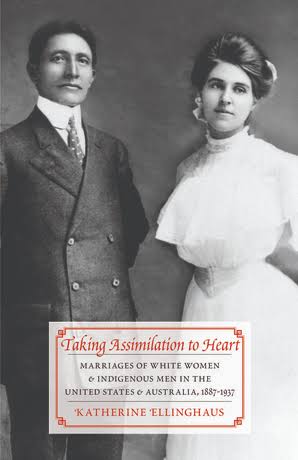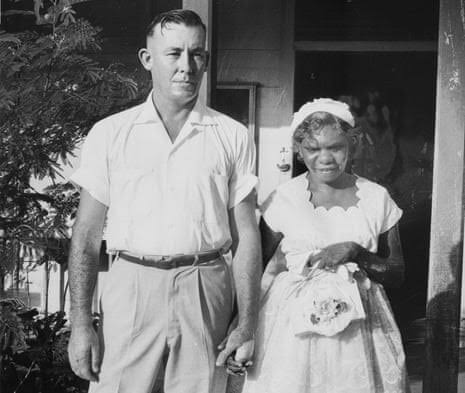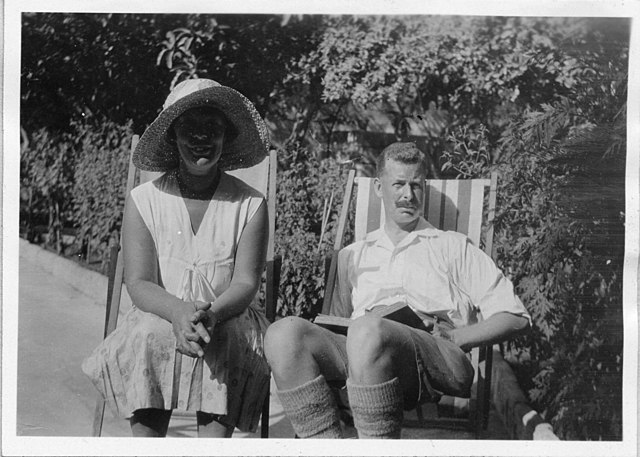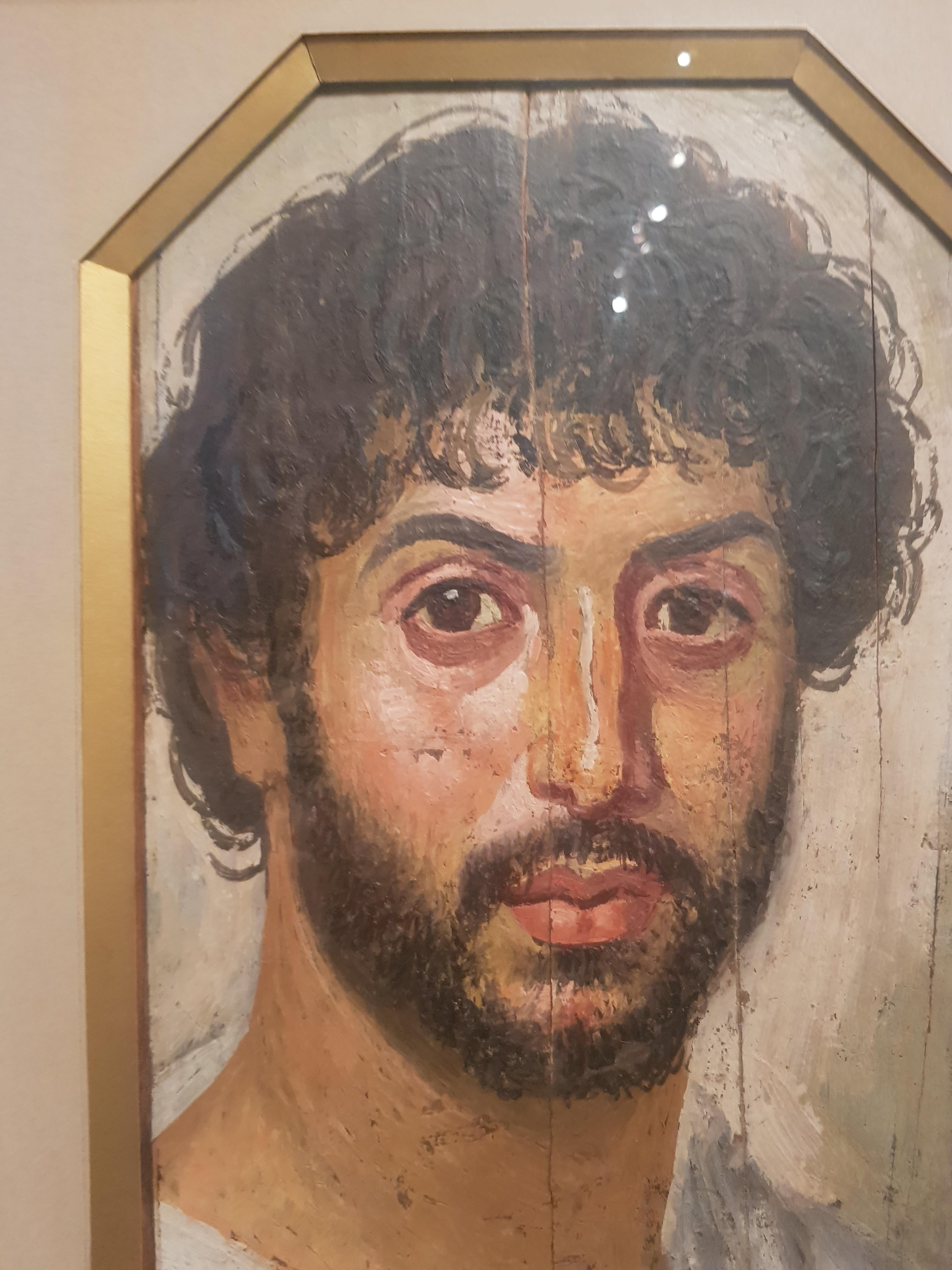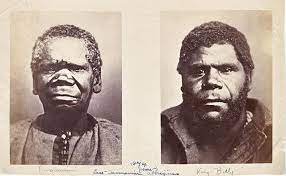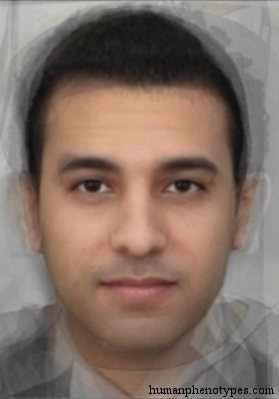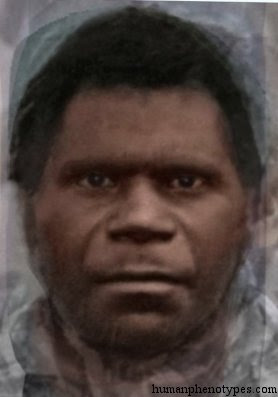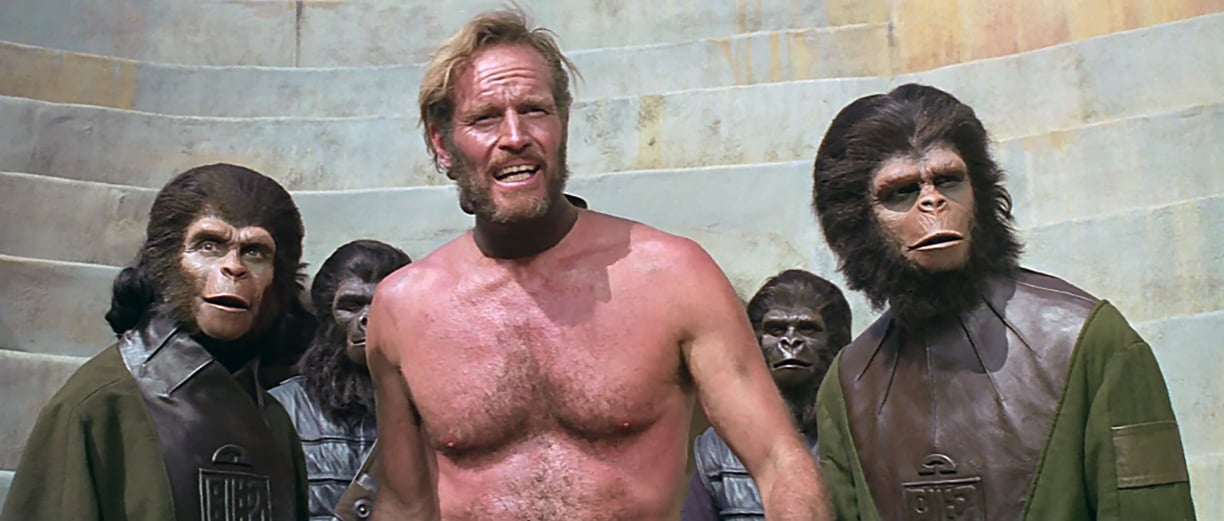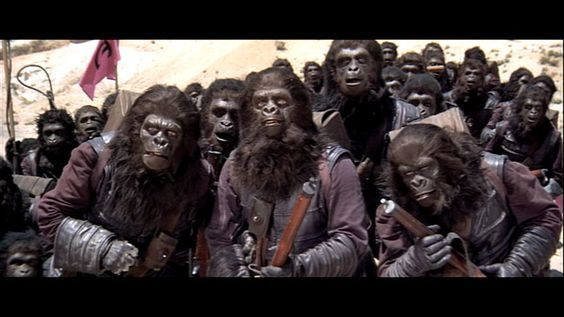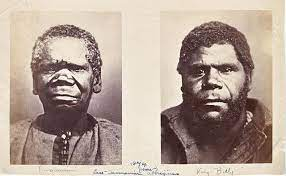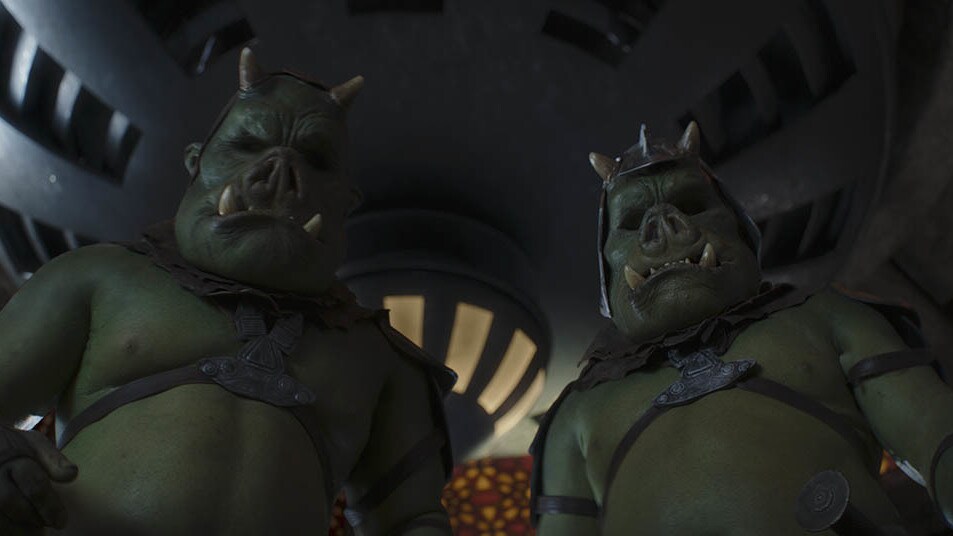EvilSatanArseRapist
loving and wholesome Certified Kindness Spreader™
- Joined
- Jun 13, 2025
- Posts
- 3,390
- Reputation
- 6,913
The ethnic group of people i will be covering are the now extinct aboriginals of tasmania known as tasmanids:
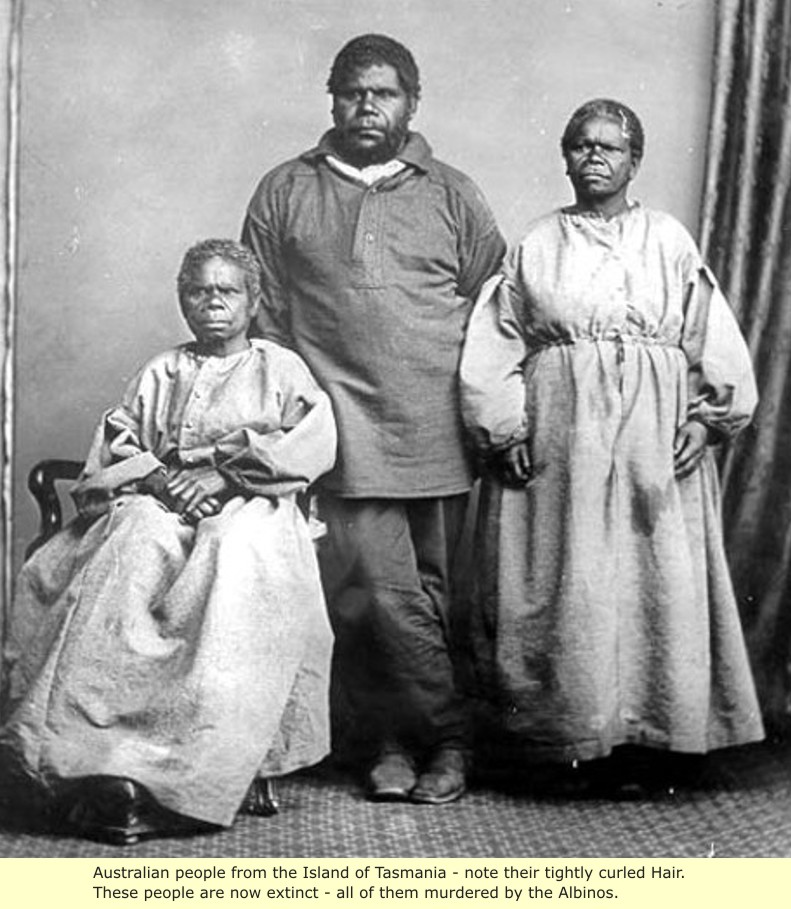



- height: they pretty short - the average height for tasmanid men was about 160-165cm / 5'3" to 5'5"
- build: mesomorph, so somewhat robust & muscular, with strong limb proportions (and a comparably high baseline metabolic rate) as an adaptation to prehistoric tasmania being relatively cold
- skin color: obviously fucking vantablack due to massive exposure to uv
- hair: "woolly" and black in color
- iq: never measured but likely similar to mainland aboriginals, so around 75
- facial features:
- broad and short, mesocephalic
- hyperplatyrrhine abo nose with really wide nostrils
- heavy brow ridge
- full lips
- round jaws
- deepset t50 eyes
- (alien and uncanny looking)
- pretty strong dentition
They are the 2nd most genetically divergent homo sapiens only being trumped by the khoisan of south africa.
Their closest relatives are obviously mainland aboriginals and melanesians.
They decended from the first modern humans to reach Sahul (The combined landmass of Australia, Tasmania, and New Guinea) about 40 to 50 thousand years ago.
Around 12 thousand years ago, Tasmania was cut off from australia due to the sea level rising post ice age.
This resulted in over 10 millenia of total genetic isolation - one of the longest known for any human group.

Their closest relatives are obviously mainland aboriginals and melanesians.
They decended from the first modern humans to reach Sahul (The combined landmass of Australia, Tasmania, and New Guinea) about 40 to 50 thousand years ago.
Around 12 thousand years ago, Tasmania was cut off from australia due to the sea level rising post ice age.
This resulted in over 10 millenia of total genetic isolation - one of the longest known for any human group.
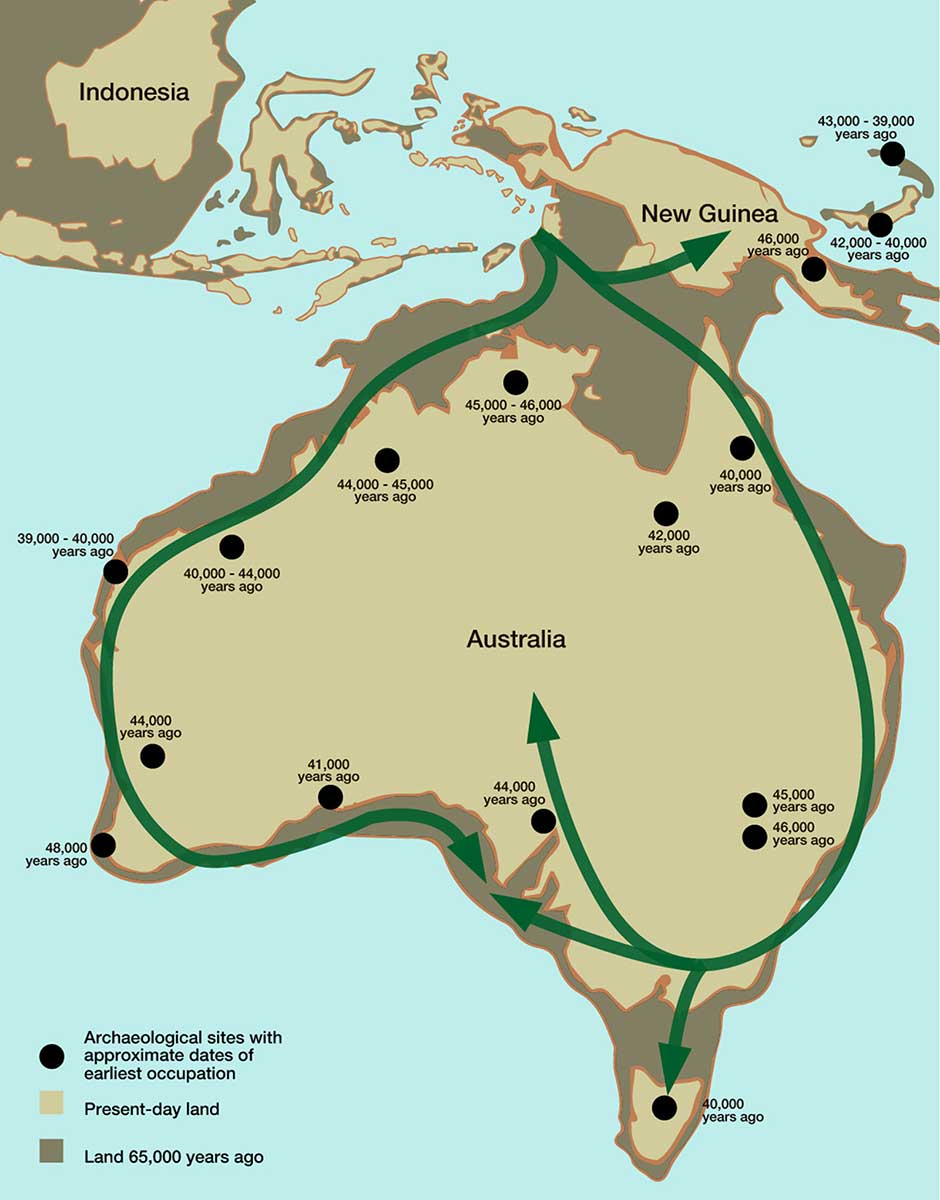
Not much to say here.
They just lived as hunter-gatherers, using stone and wood tools.
They lacked serveral (any) technologies seen on the mainland like the atlatl or the boomerang, basically still living in the stone age.
Most traditions, storys, art and social cultures have been lost after european contact in the 19th century.

They did not develop agriculture so their diet consisted of
They just lived as hunter-gatherers, using stone and wood tools.
They lacked serveral (any) technologies seen on the mainland like the atlatl or the boomerang, basically still living in the stone age.
Most traditions, storys, art and social cultures have been lost after european contact in the 19th century.
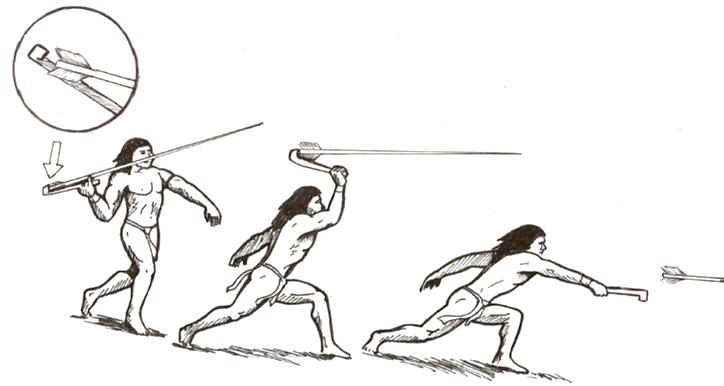
They did not develop agriculture so their diet consisted of
- meat, mostly from hunted marsupials and birds
- some plant foods like ferns, roots, berries, seeds and nuts
- coastal food like shellfish, crustacians fish and sometimes even seals.
Timeline:
Visible below: a sketch of Lalla Rookh and one of the Flinders Island settlements


- Pre-1803: 4-8 thousand tasmanids inhabited the island.
- 1803: British colonization of Tasmania begins.
- 1820s-'30s: Conflict and dispossession during the Black War between settlers and native tribes.
- 1830s-'47: Remaining aboriginals deportated to Flinders Island settlements.
- 1876: Truganini, the last full blooded Tasmanian and Lalla Rookh sometimes referred to as the last tasmanian both die in Hobart. These are considered the last Tasmanians by many, ending their race.
- Warfare
- British government sanctioned settler militias killed many directly, more died indirectly through:
- Disease
- Displacement and Starvation
- Being displaced from their hunting territory they did not have access to the diet they have been hyperadapted to, if to any food at all leading to widespread death and infertility due to malnutrition.
- Forced Relocation
- Hunger, disease and general poor conditions on the Wybalenna Reservation led to high death rates
Visible below: a sketch of Lalla Rookh and one of the Flinders Island settlements
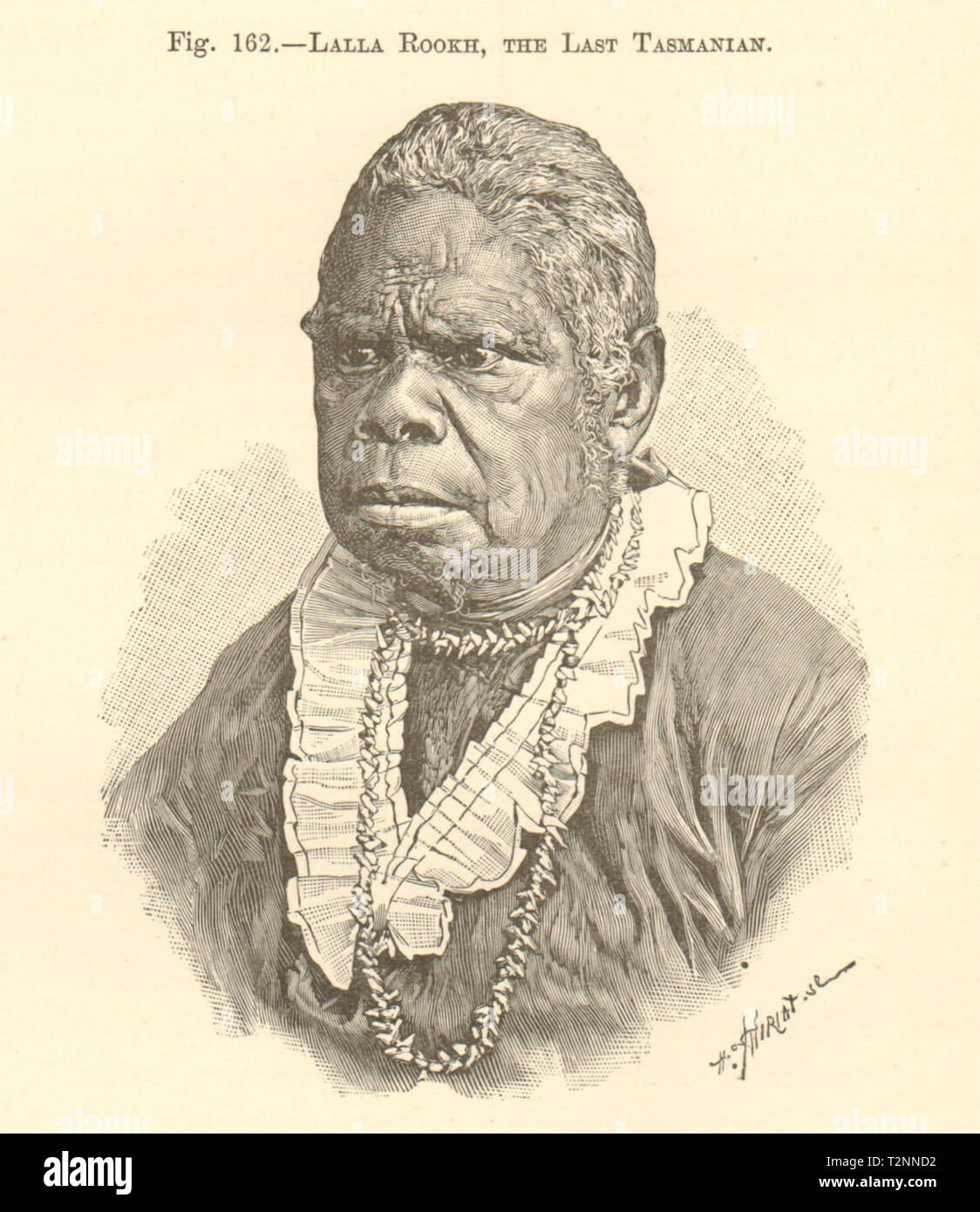
Today there are no more full blooded tasmanids left.
There are some descendants of mixed heritage.
Though few in number (a few thousand), they maintain cultural revival movements, language reconstructions and land right efforts.
There are some descendants of mixed heritage.
Though few in number (a few thousand), they maintain cultural revival movements, language reconstructions and land right efforts.
Attachments
-
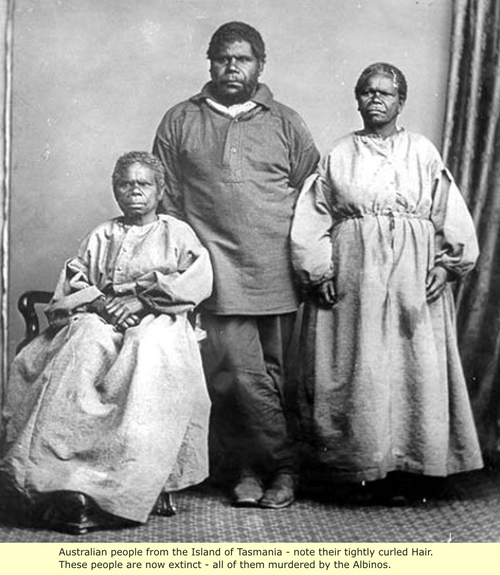 1760100181473.png680.9 KB · Views: 0
1760100181473.png680.9 KB · Views: 0 -
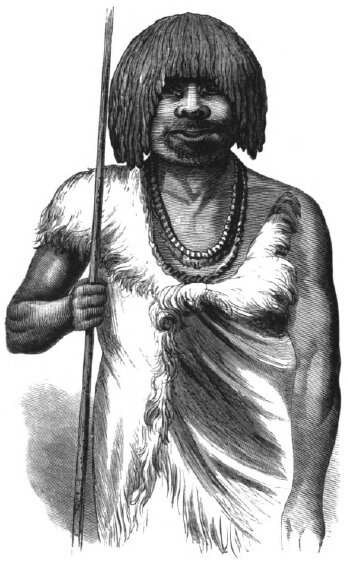 Last_of_the_Tasmanians_Woodcut_6_-_Wooreddy.jpg116.6 KB · Views: 0
Last_of_the_Tasmanians_Woodcut_6_-_Wooreddy.jpg116.6 KB · Views: 0 -
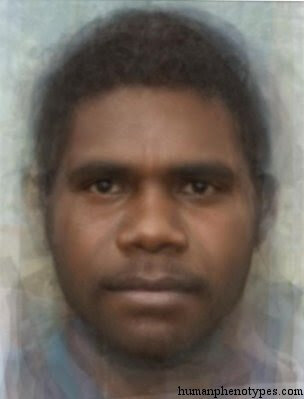 named.jpg15.9 KB · Views: 0
named.jpg15.9 KB · Views: 0 -
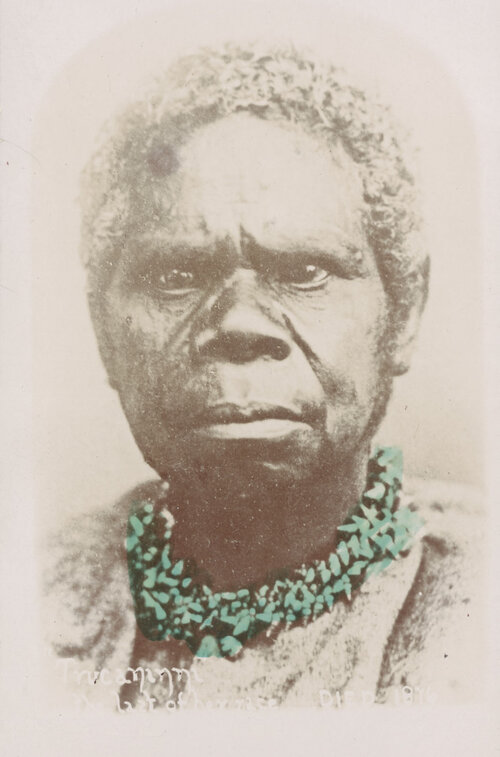 pre1700s_12000ya_SeparationofTasmania_3.jpg174.8 KB · Views: 0
pre1700s_12000ya_SeparationofTasmania_3.jpg174.8 KB · Views: 0 -
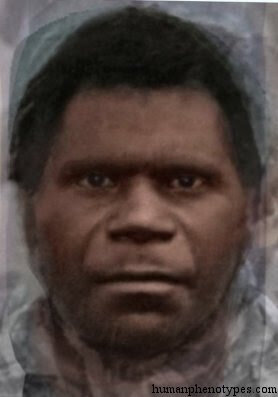 unnamed.jpg16 KB · Views: 0
unnamed.jpg16 KB · Views: 0 -
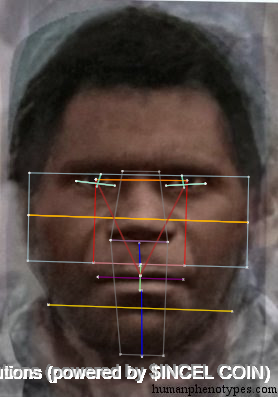 is.png184.1 KB · Views: 0
is.png184.1 KB · Views: 0 -
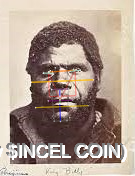 tasm.png49.8 KB · Views: 0
tasm.png49.8 KB · Views: 0 -
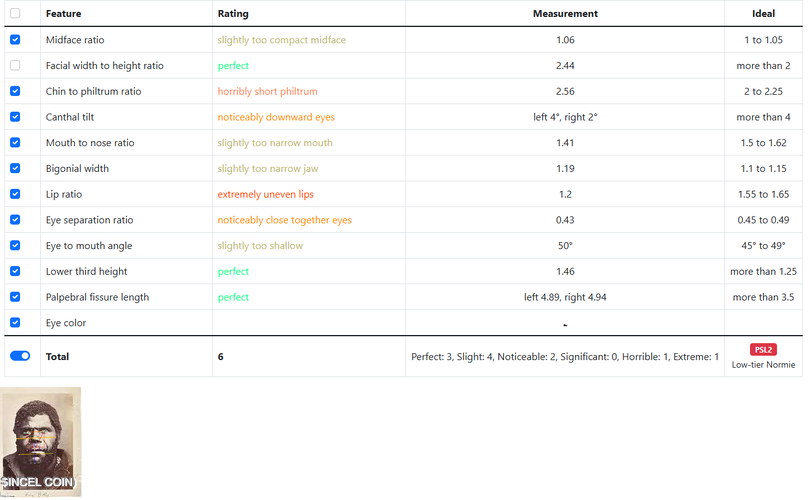 tasmanidpsl.PNG105.7 KB · Views: 0
tasmanidpsl.PNG105.7 KB · Views: 0 -
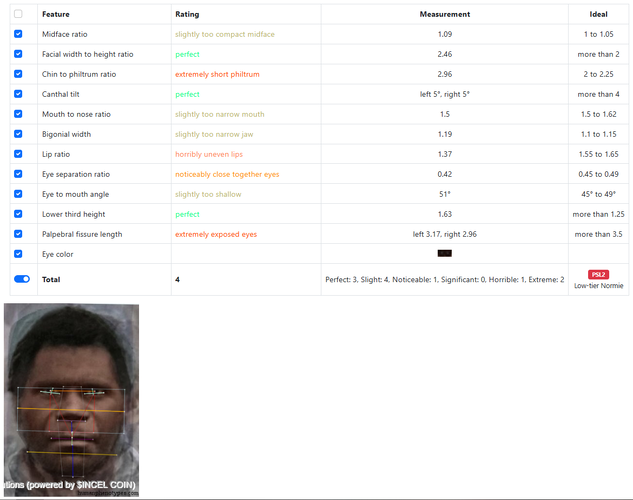 Unbenannt.PNG250.1 KB · Views: 0
Unbenannt.PNG250.1 KB · Views: 0
Last edited:




